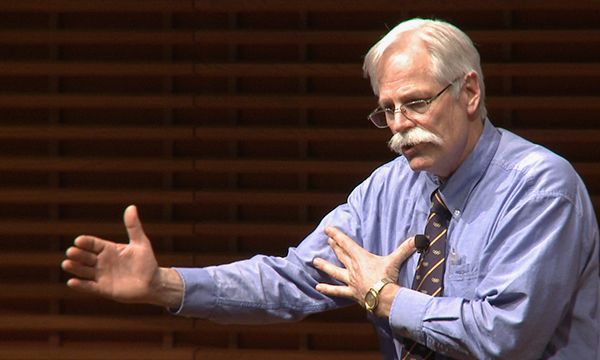Why are athletes still crunching for core development but more importantly why are coaches still programming abdominal crunches and sit-ups? I don’t think both parties are doing it to spite researches like Stuart McGill, but I got to believe that athletes and coaches just don’t know any better. I’ll buy the ignorant card.
I know there are some people out there that simply cannot wrap their heads around discontinuing crunches and sit-ups despite the plethora of research. The most common thing I hear from people initially is that “Adam, it doesn’t currently hurt my back – why must I stop?” I often think that people sometimes do not look at the entire effect of what crunches and sit-ups really do.
Rarely in athletics and the world itself, does the core function to “crunch” together. The only time I really think I ever crunch in my daily life is getting out of bed. So the first understanding needed is that the core is not designed to crunch together. When doing a crunch, the muscle that is being developed is the rectus abdominus, however, the important fact is that is wrongly pulling the rib cage down or depressing the ribs.
This downward pull sets off a cascade of other events that result in the loss of thoracic spine extension. If you followed much of my blog, you will know that I stress and write frequently about how important thoracic spine mobility is to both the stability of the scapulae and lumbar spine. Athletes and coaches need to realize that with the trade off with utilization of the crunches for core development, we’re losing thoracic extension with every sit up. Is a sit up really that effective and important that we’re willing to risk limited thoracic spine mobility, poor scapulae positioning, glenohumeral inpingement, the ability of overhead pressing, and back squatting? Not a chance!
What I do at Wichita State’s Strength and Conditioning department, I focus on developing proper core strength through utilization of a multi-mode and multi-directional set of principles that focus four movement patterns.
The first three of the four movement patterns consist of resisting against an external weight while maintaining a neutral spine throughout the movement patterning.
- Anti-Extension
- Anti-Lateral Flexion
- Anti-Rotation
- Hip Flexion with Neutral Spine
“Disc herniation is associated not only with extreme deviated posture, either fully flexed or bent, but also with repeated loading in the neighborhood of thousands of times, high-lighting the role of fatigue as a mechanism of injury." (Gorden et al.,1991; King, 1993).”
“While much ergonomic effort has been devoted to reducing spine loads, it is becoming clearer that repeated spine flexion- even in the absence of moderate load-will lead to discogenic troubles. Furthermore, recent evidence shows that the direction of the bending will determine the location of the annulus damage." (Aultman et al., 2005)







